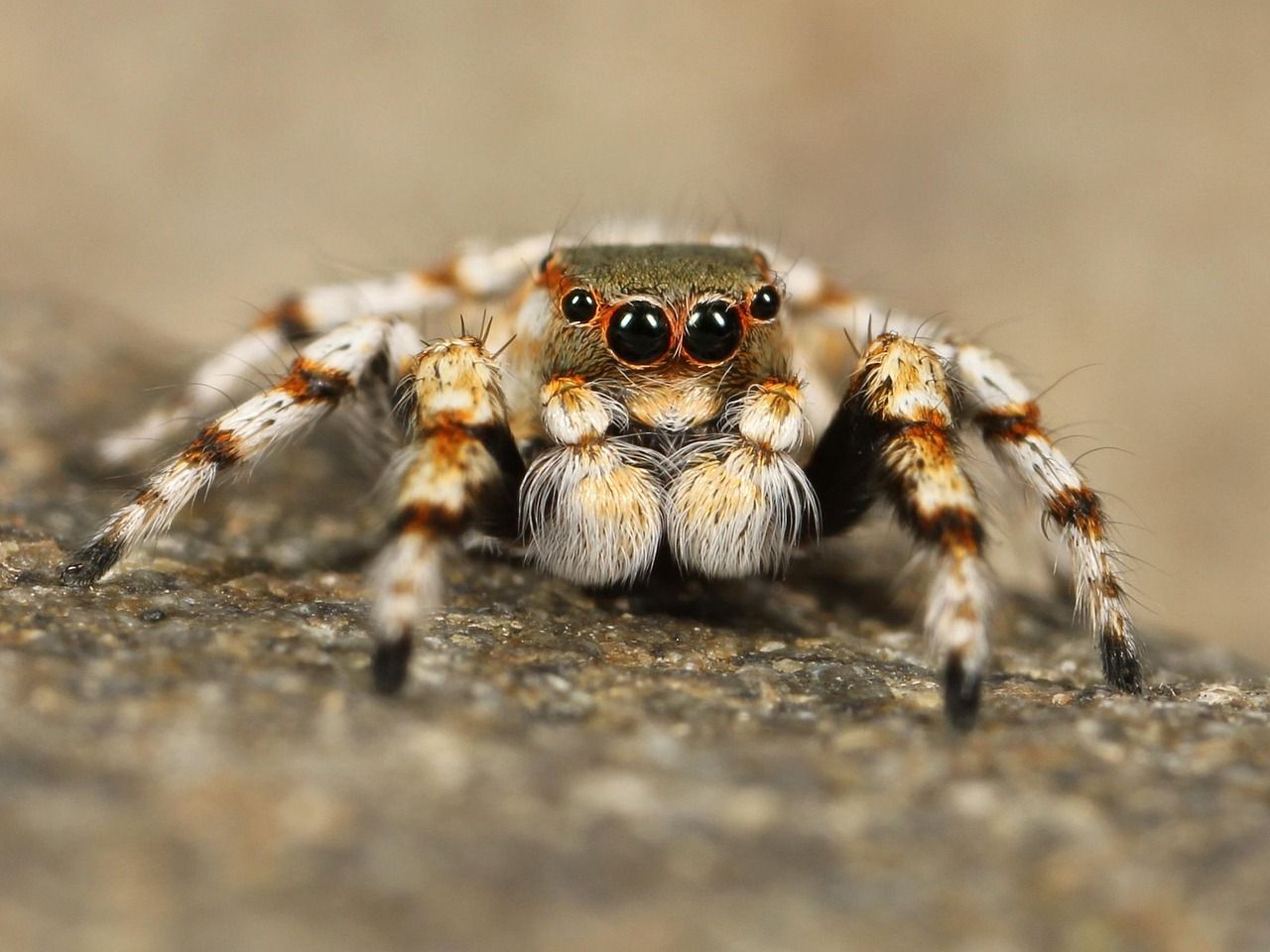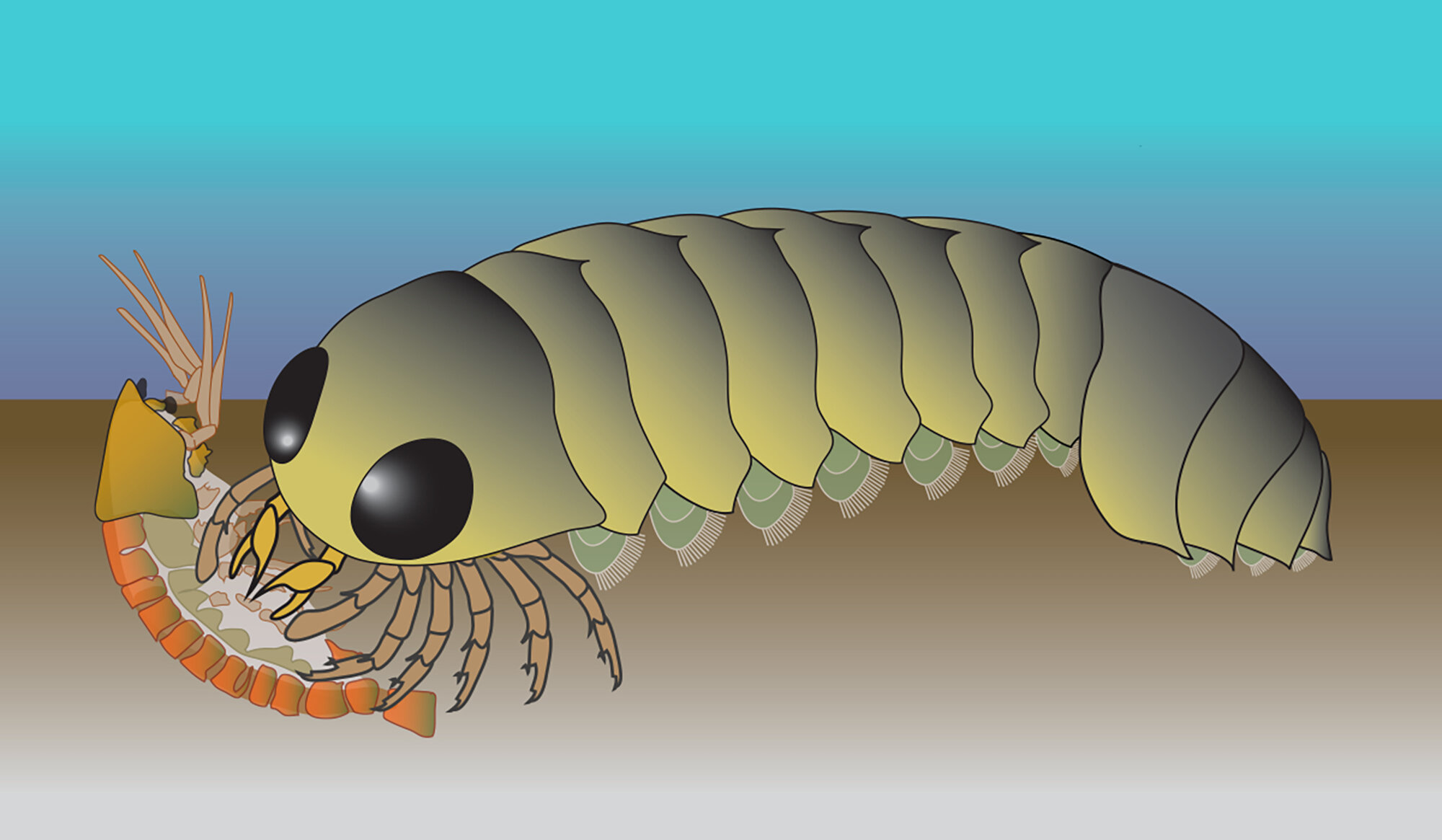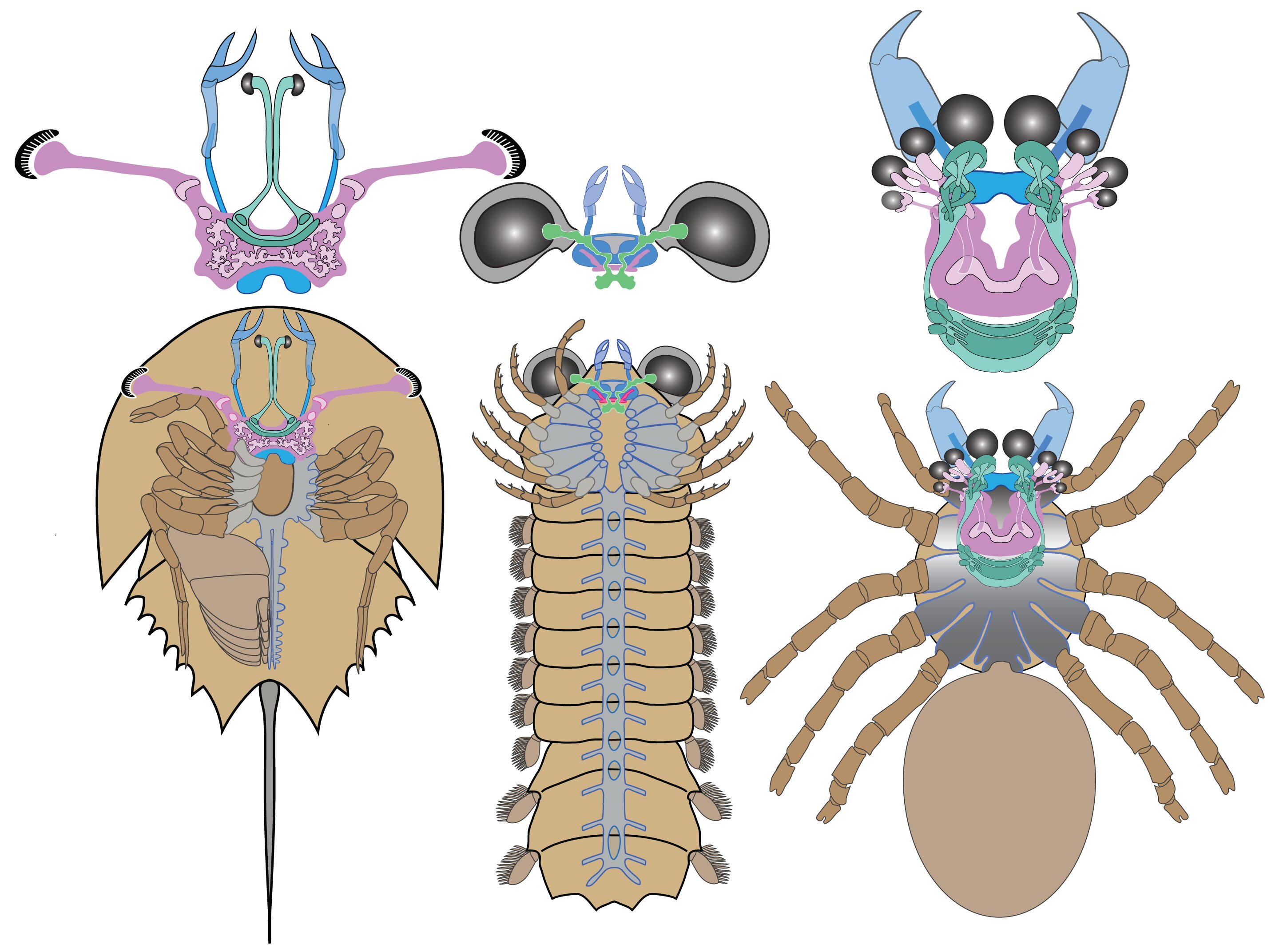🕷️ Discovery: spiders may not have terrestrial origins
Follow us on Google News (click on ☆)

Illustration image from Pixabay
Arachnids, including spiders and scorpions, are often considered masters of dry land. However, a recent study suggests their evolution may have begun in the oceans. This revelation comes from the detailed analysis of an exceptionally well-preserved fossil named Mollisonia symmetrica.
The research team, led by Nicholas Strausfeld from the University of Arizona, used advanced imaging techniques to examine the fossil's brain and central nervous system. Contrary to expectations, Mollisonia's neural organization bears a striking resemblance to that of modern arachnids, rather than horseshoe crabs, their presumed ancestors.
This neural similarity raises questions about arachnid evolution. Scientists discovered that Mollisonia's brain shows an inversion of brain regions compared to other arthropods. This unique feature, exclusive to arachnids, could explain their agility and hunting efficiency.

Illustration of what the Mollisonia animal might have looked like when it lived over 500 million years ago.
Credit: Nick Strausfeld
The implications of this discovery are vast. It suggests arachnids may have colonized land much earlier than thought, possibly influencing insect evolution. The predatory pressure from these creatures might have driven the development of wings in insects as a defense mechanism.
This study, published in Current Biology, opens new perspectives on the evolutionary history of arachnids. It also highlights the importance of fossils in understanding the origins of life on Earth.

A side-by-side comparison of the brains of a horseshoe crab (left), the Mollisonia fossil (center), and a modern spider (right) reveals the surprising conclusions of this study.
Credit: Nick Strausfeld
What makes arachnid brains unique?
Arachnid brains exhibit an inverted neural organization compared to other arthropods. This peculiarity could be the source of their exceptional hunting abilities.
This inversion of brain regions allows more direct connections between control centers and motor circuits. This results in increased speed and precision in movements.
Spiders, for example, can weave complex webs and capture prey in a fraction of a second. This agility stems from a unique brain evolution among arthropods.
The discovery of a similar brain structure in Mollisonia suggests this adaptation appeared very early in arachnid history. It may have played a key role in their evolutionary success.